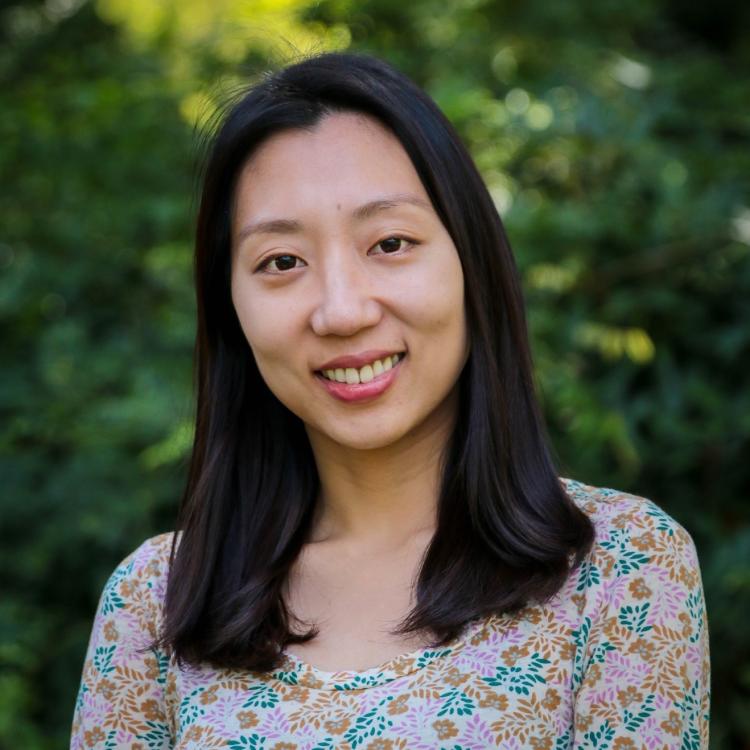

Dr. Jung was born and raised in Seoul, South Korea. After receiving a bachelor’s degree in Communication Studies and a master’s degree in Media and Communication, she joined the Moody College of Communication at the University of Texas at Austin (UT-Austin) in 2013 to pursue a doctoral degree. In 2016, she was awarded a prestigious COMPASS (Consortium on Media Policy Studies) fellowship, which gave her opportunities to learn about the real world of U.S. federal policy making in Washington, D.C. and make contributions to the media policy process through research and writing. Dr. Jung has worked as a researcher in news agencies in South Korea and TV stations in South Korea and the United States, and she has taught communication courses at Suwon University and UT-Austin. She is an “acafan” (an academic who identifies as a fan) of various transcultural media texts, including K-pop. She loves cultures and speaks several languages. Dr. Jung leads the Digital Media and Journalism Concentrations in the Communication Studies department.
B.A. Northeastern University
M.A. Chung-Ang University
Ph.D. University of Texas at Austin
At Eastern since 2017
Journalism Fundamentals, Art of Film, College Newspaper Practicum, Media & Culture, Digital Media Production, Public Speaking
I teach at Eastern because our mission—integrating faith, reason, and justice—aligns with my Christian faith, and most importantly, because I love our students!
Global media culture, Audience reception studies, Fandom studies, Transnational media, Soft power, Korean Wave, K-pop
- Jung, H. (2021). Soft masculinity in K-pop and fans in the United States. In Do Kyun David Kim (Ed.), Diffusion of Korean popular culture in Western countries (pp. 47-62). Seoul National University Press
- Jung, H. (2019). Agenda setting in the realm of popular culture: The case of the Korean Wave in East Asia. Global Media and Communication, 15(3), 1-17.
- Jung, H. (2018). Reversed Ethnography in the Reception of the Korean Wave. International Journal of Korean Studies, XXII(2), 47-74.
- Bock, M., Chacon, L., Jung, H., Sturm, H., & Figuerora, E. (2018). The faces of local TV news in America: Youth, whiteness and gender disparities in station publicity photos. Feminist Media Studies, 18.3, 1-18.
- Jung, H. (2017). Transnational media culture and soft power of Korean Wave in the United States. In D. Jin & T. Yoon (Eds.), The Korean Wave: Evolution, fandom, and transnationality (pp. 241-259). Lanham, MD: Lexington Books.
- Ghobrial, B., Lu, S., Jung, H., & Johnson, T. (2017). Putting out fire with gasoline in Tahrir square: Revisiting the Gamson hypothesis. International Journal of Communication, 11, 1-23.
- Jung, H. (2016). Subtitles in South Korean entertainment television: Focused on a third-person effect. Journal of Entertainment and Media Studies, 2(1), 77-109.
- Yoo, J., Zheng, P., Jung, H., Chen, V., & Lu, S. (2015). Tap, scroll down, chat and more? Examining the influence of mobile applications and interpersonal discussions towards political participation. International Symposium on Online Journalism, 5(1), 167-187.
- Kang, J., et al. (2011). Student’s and teacher’s guidebook of youths’ complete grasp of TV: Entertainment, drama, animation, and advertisement. Translation. Seoul: Korea Communications Agency.


